We had two lovely sea days before arriving at our first port – Alotau. Alotau is the capital of the Milne Bay Province in the South-East of Papua New Guinea. We didn’t know quite what we were going to do here, as there were limited ship tours (and they were crazy expensive, even compared to what I had recently been paying in Scandinavia! Like, $150 for half day tours, no thanks), and we arrived late due to having left Brisbane a few hours late, and having to sail close to the Qld coast in order to have a passenger medi-vac’d off the ship just east of Cairns.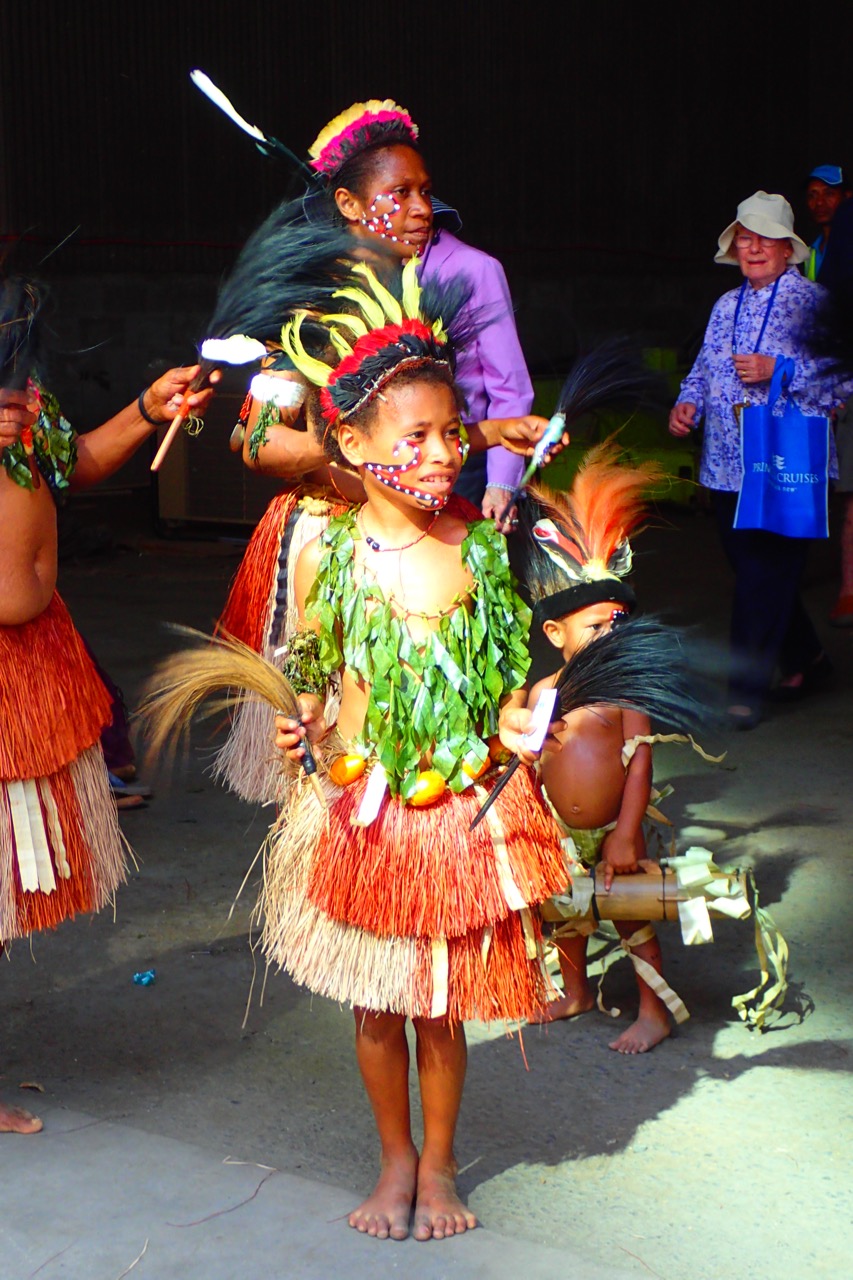
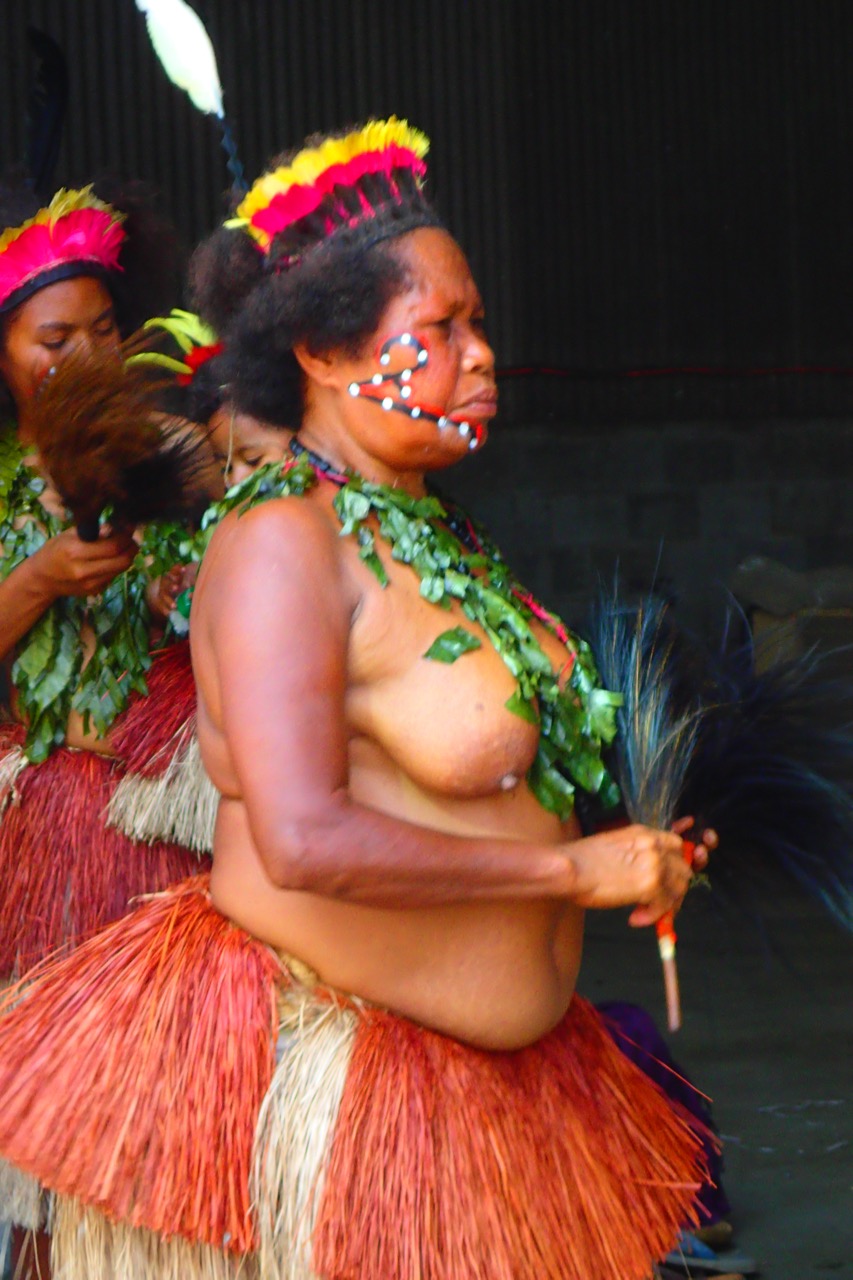
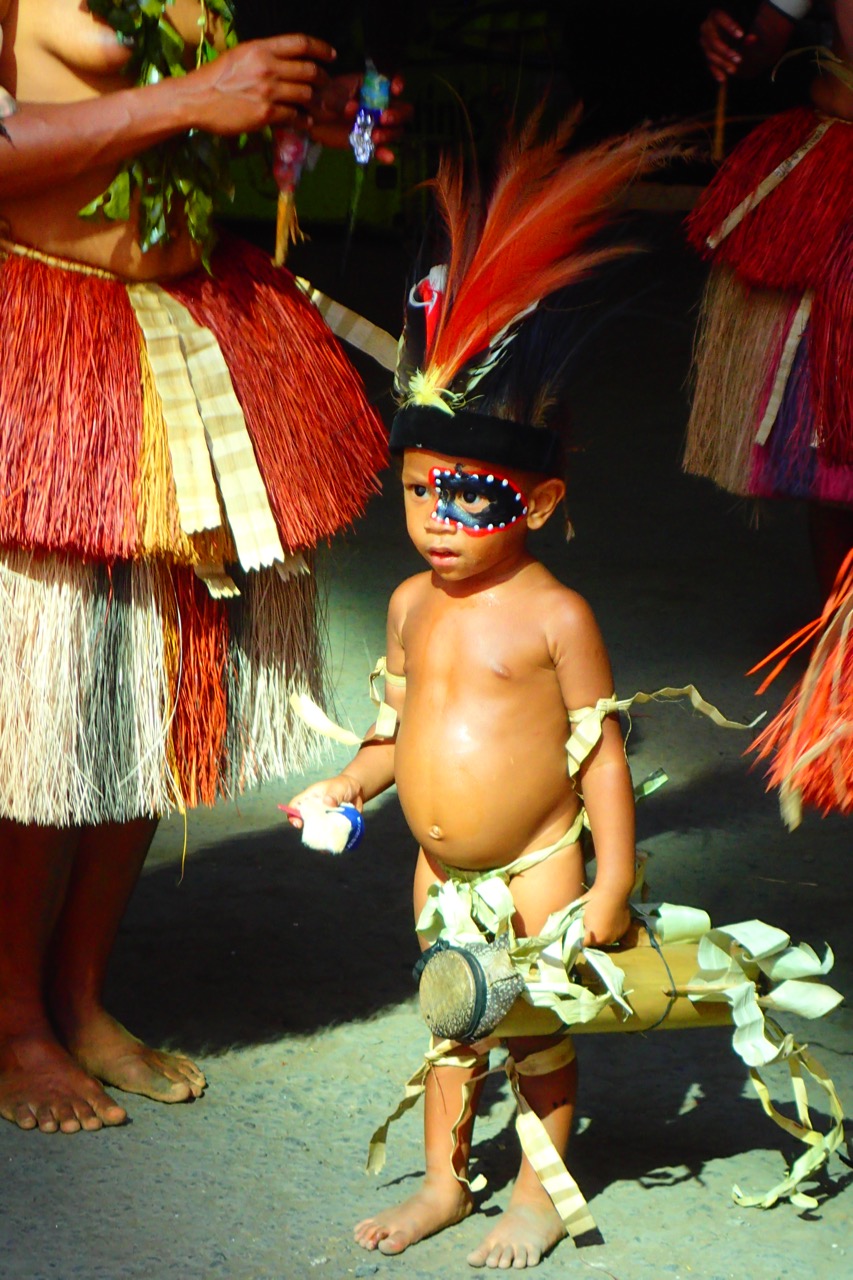
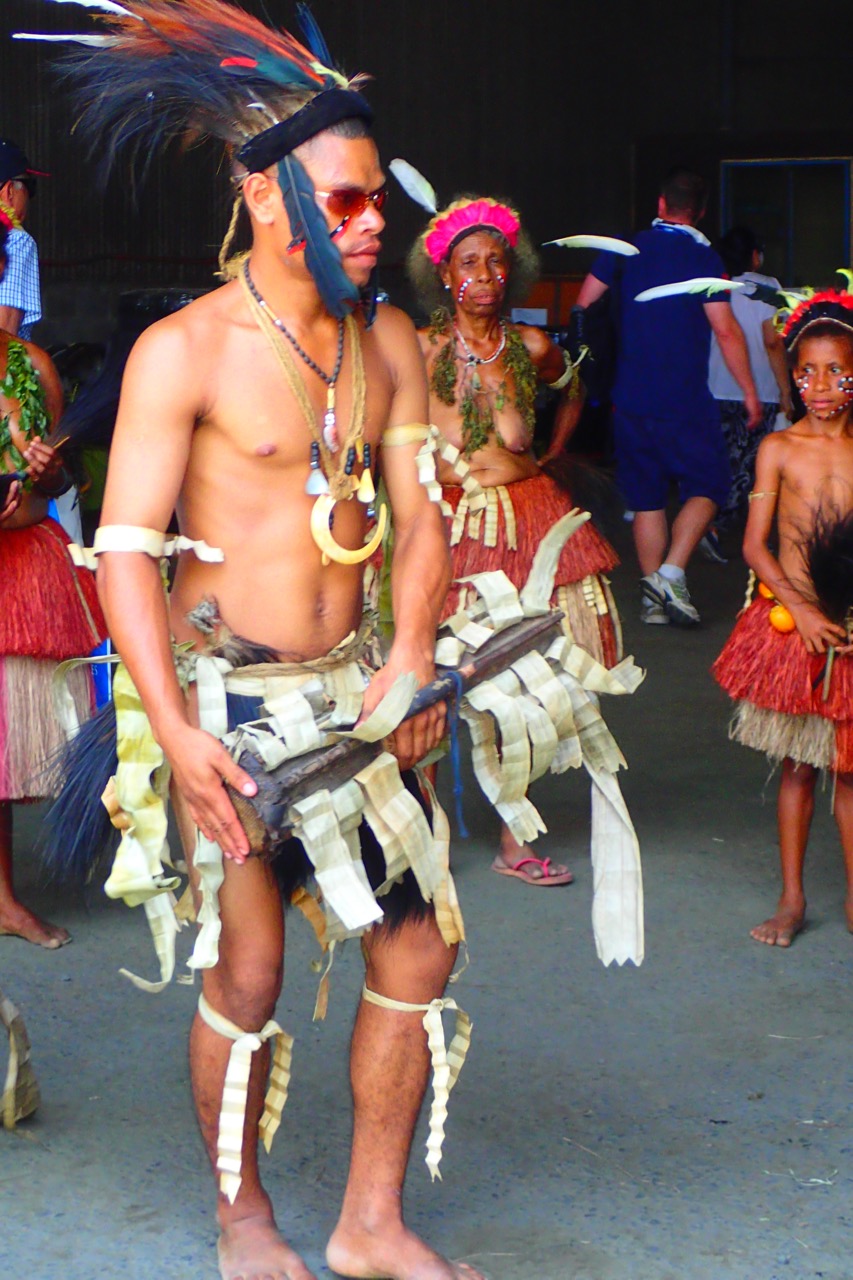
We were greeted by colourful locals dressed in traditional clothing, singing and dancing on the dockside – thankfully inside a warehouse out of the heat for them, and we decided we would walk the 20 minutes into town which would take us past the Australia War Memorial which was erected to commemorate the Battle of Milne Bay – which my grandfather fought in, in August 1942. I have written previously about my Poppa’s involvement in PNG as part of the 25th Battalion and later as part of ANGAU, so I was quite keen to see this memorial.
It was a hot 20 minutes walk to town and we were being stared at – a lot – by the locals who seemed to have nothing better to do than sit around under trees (rather sensibly considering the somewhat uncomfortable heat) and chew beytelnut, occasionally stopping to spit globs of red beytelnut juice all over the dirt…
The memorial is a stark black granite upright marker, with ‘Battle of Milne Bay’ inscribed on it, set in a beautiful park right near the centre of town. Surrounding it were plaques describing how the Japanese Imperial Army had invaded on 25th August 1942 and In just two landings a few days apart, they had established a 2,400-strong army near Ahioma. Unlike other engagements in the Pacific (like Kokoda) the Battle would be over in just 12 days.
The Japanese fought with the Allies and their base suffered early casualties from an RAAF aircraft-led attack. During the evenings of the 26th and 27th August, the Japanese forces attacked, causing the Australian battalions to withdraw to the Gama River. Pressing their advantage, the Japanese continued to attack pushing the Allies further back to the converted No 3 airstrip, amid furious fighting.
Several times the Japanese charged across the open airfield to be greeted by a hail of fire and were repulsed each time. The battle had turned as the Australians had been reinforced, causing the attackers to become the defenders. The Australians launched counter attacks, and the Japanese sent warships to help their unexpectedly routed troops. A week later the Japanese Navy called off their invasion and started to evacuate. It is estimated that 750 Japanese and 161 Australians were killed at Milne Bay; but many more were wounded.
In the larger picture of the Pacific war, it was not a major victory in itself. The significance of the Battle of Milne Bay lay in being the first Allied land victory in the Pacific, which boosted morale considerably, not just in Milne Bay, but for all the Allied forces fighting in the region. Personally, it felt rather strange to see my grandfather’s recollections of Milne Bay recounted on these plaques – I discovered the name of the US Major General that my grandfather had been curt with; Major General Clowes – not spelled “Cloughs” as I had assumed, which probably explains why, when I went looking for him – I found nothing!
After we went to the memorial, we went for a bit of a wander through the market areas. It seems that these markets were the local markets – produce, food stuffs, not a lot of local crafts etc, and around the back (in an area, we probably shouldn’t have wandered into) plenty of beytelnut and ‘coral lime’ for sale in little baggies that looked decidedly like bags of coke or heroin! Yeah, we were not in the right part of town for a bit there.
I found the centre of town to be a bit depressing, there were locals everywhere not really engaged in work or commerce, and other than the booming shuttle bus and taxi boon that occurs when a cruise ship is in port, the shops and services in the area looked worn out and downtrodden in a very Noumea kinda way. It’s possible that more tourists coming to town will provide employment opportunities, but then again, it is equally possible that more tourists coming to town will further smoosh the local culture.
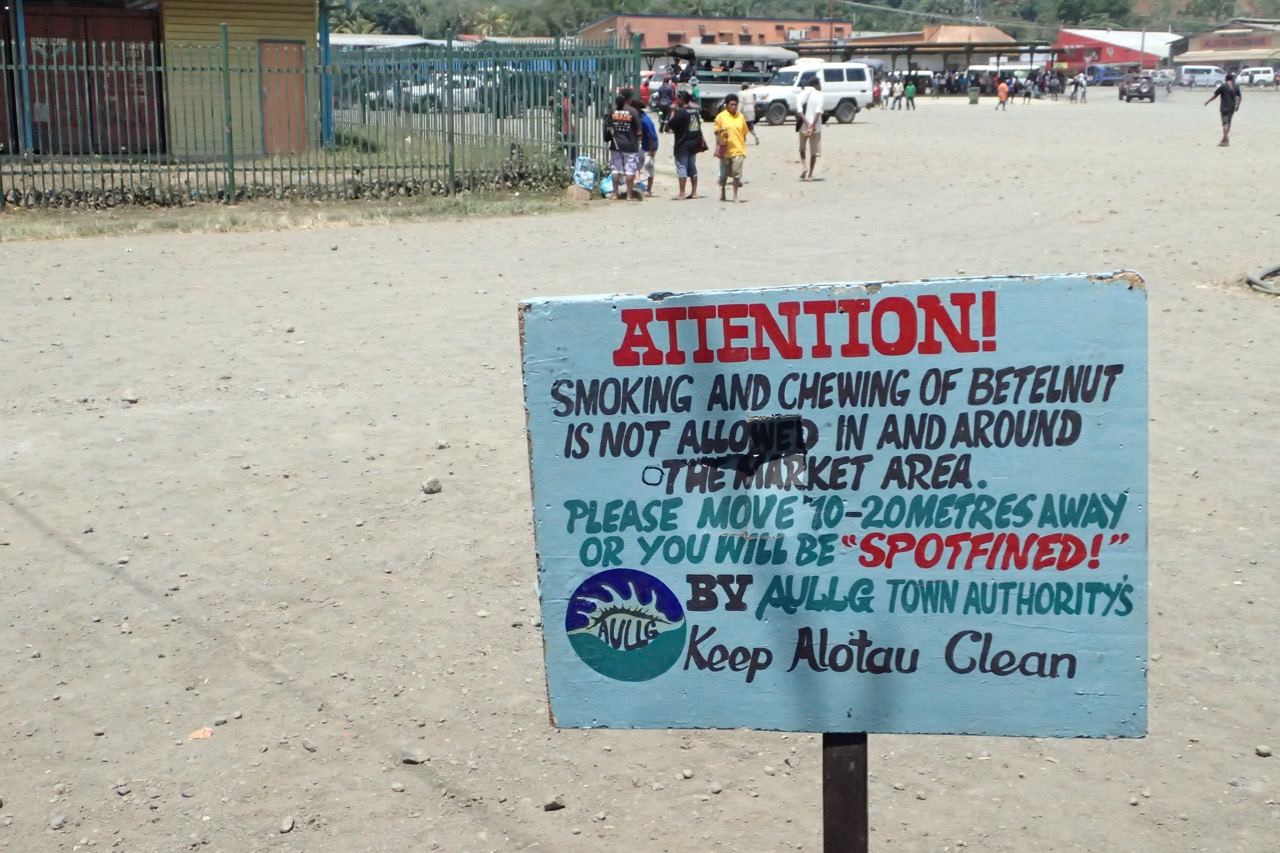
On a practical note – there are buses running into town from the docks costing 5K each, but we found that a taxi coming back from town back to the ship cost the four of us only 5K in total… I paid him 10K. It was so hot.
